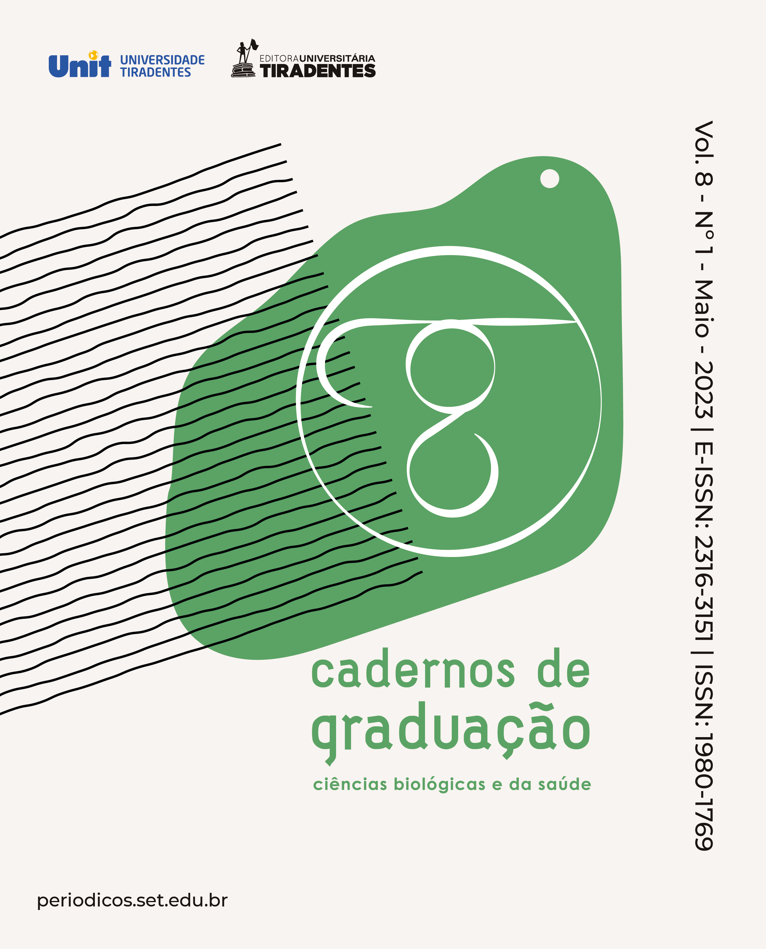O USO DE ÓLEOS ESSENCIAIS UTILIZADO COMO TERAPIA COMPLEMENTAR NO TRATAMENTO DA CANDIDÍASE: UMA REVISÃO DA LITERATURA
Abstract
The number of gynecological infections is increasing, being a relevant problem in women's intimate health. Among these infections, vulvovaginal candidiasis (VVC) stands out. The species with the highest prevalence related to CVV is Candida albicans. With the great recurrence and resistance of cases involving the fungus Candida sp., the alternative treatment with the use of essential oils (EOs) has been highlighted by its high efficacy and low toxicity. Thus, the present study aims to carry out a survey in the literature on essential oils with antifungal potential against Candida albicans, evaluating possible complementary methods in the treatment of vulvovaginal candidiasis. This is a descriptive and documentary bibliographic research, based on the Scielo, PubMed and ScienceDirect databases, from 2018 to 2022, based on the Health Sciences Descriptors (DeCS) in portuguese and english: Candida albicans, Vulvovaginal Candidiasis, Volatile Oils, Fungal Infections, Antifungals. Studies have demonstrated an antifungal potential of EOs against C. albicans, among them the EO of Melaleuca alternifolia, which has monoterpenes in its composition that make the plasma membrane of the microorganism unstable, Origanum vulgare, which has several compounds that prevent the growth of yeast, Cymbopogon nardus which contains the presence of monoterpenes in its composition with a significant improvement in the control of fungal infections and Cuminum cyminum which inhibits the growth of yeast through the action of the enzyme pectinase. From these studies, we concluded that the EOs studied are effective against C. albicans and can be used in the alternative treatment of VVC, as they have a desired therapeutic effect and do not present toxic effects compared to conventional treatment drugs.
Downloads
Downloads
Published
How to Cite
Issue
Section
License
Oferece acesso livre e imediato ao seu conteúdo, seguindo o princípio de que disponibilizar gratuitamente o conhecimento científico contribui para a democratização do saber. Assume-se que, ao submeter os originais os autores cedem os direitos de publicação para a revista. O autor(a) reconhece esta como detentor(a) do direito autoral e ele autoriza seu livre uso pelos leitores, podendo ser, além de lido, baixado, copiado, distribuído e impresso, desde quando citada a fonte.

